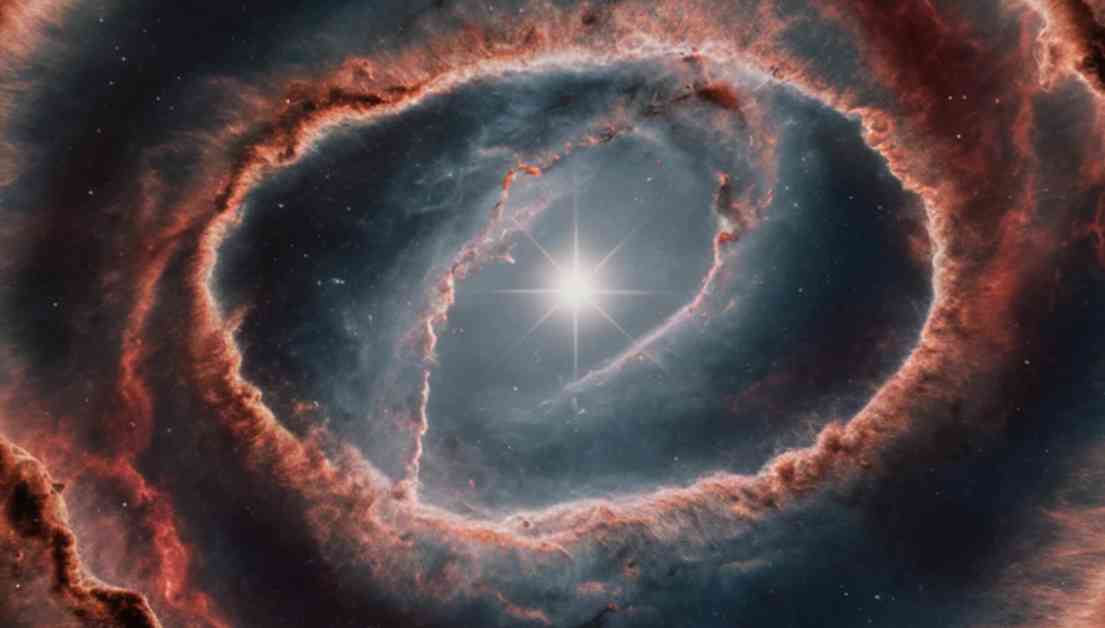New Math Breakthrough Could Unify Einstein’s Relativity and Quantum Physics
In the world of modern physics, two of the most significant and influential theories are quantum mechanics and general relativity. These theories have long been considered incompatible, leading to a divide in the scientific community about whether a unified theory that encompasses both is truly attainable. However, recent advancements in mathematics may finally provide a pathway to bridging this gap and achieving a long-sought after unified theory.
The new mathematical approaches being developed by a team of international scientists could revolutionize our understanding of the universe by offering a unified framework that allows for the resolution of several longstanding mysteries. By combining elements of quantum mechanics, general relativity, and Riemannian geometry using Planck scale formalism, the team has proposed a groundbreaking new equation that has the potential to unite these seemingly irreconcilable pillars of modern physics.
One of the key aspects of the team’s approach is the utilization of the Planck scale, which aims to unite certain quantities in relativity, quantum mechanics, and gravity. By distilling the fundamental constants of the universe down to just two quantities – Planck length and Planck time – the team’s new equation offers a fresh perspective on the structure of the universe. This redefinition of basic physical properties such as mass and the charges of leptons as interactions between energy and the curvature of spacetime itself could have far-reaching implications for our understanding of the cosmos.
According to a recent paper published in the journal Astroparticle Physics, the team’s approach not only preserves covariance in spacetime but also maintains invariance across the Planck scale. The team’s findings suggest that the Einstein field equation from general relativity can be viewed as a relativistic quantum mechanical equation, marking a significant step forward in our quest for a unified theory.
The team’s research also delves into the realm of dark energy, a concept originally predicted by Einstein in 1917. By applying Einstein’s lambda formalism to model the universe, the team has uncovered new insights into the dynamics of the cosmos. Their findings suggest that the universe’s structure may resemble harmonic oscillators entangled with lambda curvature, hinting at a complex interplay of forces at play in the universe.
Furthermore, the team’s new equation has implications for our understanding of black holes. By reimagining the entanglement of space and time in these regions of intense gravity, the team’s model suggests that singularities associated with black holes can be avoided. This has the potential to redefine our understanding of these mysterious cosmic phenomena and could open up new avenues for research into the nature of spacetime.
In terms of predicting the evolution of the universe, the team’s model offers a tantalizing glimpse into the possibilities of gravitational wave backgrounds. By accurately predicting a spectrum that aligns with current data, the team’s research could pave the way for new insights into how the structure and evolution of the universe can be explored in the future.
Overall, the team’s work represents a significant step forward in the quest for a unified theory that can reconcile quantum mechanics and general relativity. By modeling the universe as a system of entangled spacetimes, researchers may soon be able to unlock new understandings of the fundamental nature of reality and answer long-standing cosmological questions.
The new paper, titled “On the same origin of quantum physics and general relativity from Riemannian geometry and Planck scale formalism,” was published in the journal Astroparticle Physics. For more information on this groundbreaking research, readers can visit the journal’s website to access the full paper.
As we continue to push the boundaries of our understanding of the universe, advancements like these bring us one step closer to unraveling the mysteries of the cosmos. With each new breakthrough, we inch closer to a unified theory that could revolutionize our perception of the universe and unlock the secrets of the cosmos.













